Names of Serial killers like John Wayne Gacy, Jeffrey Dahmer, and Ted Bundy frequently take center stage. What about the female Serial Killers, though? There are female serial killers, and some of them were as deadly and crafty as their male counterparts. Female serial killers are statistically less common, but they are frequently more systematic, cunning, and challenging to catch.
This is a terrifying look at the most prolific female serial killers in history—women who broke all the stereotypes by using poison, deceit, and cold-blooded murder instead of kindness or compassion.
-
Elizabeth Báthory: The Blood Countess of Hungary
Elizabeth Báthory is the queen of horror films, if there were such a thing. Báthory, a noblewoman by birth, is frequently mentioned as the most prolific female killer in history. According to legend, in order to stay young, she killed and tortured young peasant girls and bathed in their blood—a story that has fueled vampire mythology for centuries.
Her trial records and surviving accounts are sufficient to paint a horrifying picture, even though her actual victim count is up for debate (some say 80, while others claim over 600). She is said to have been active between 1590 and 1610. She was eventually punished by being walled in her castle, where she passed away four years later.
Fact: Despite the atrocities she committed, she was spared from execution due to her noble status.
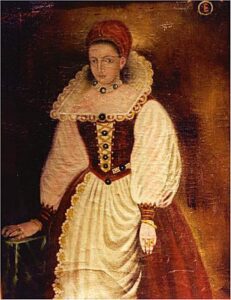
2. Nannie Doss: The Giggling Granny
Nannie Doss was a serial killer who, despite her kind smile and grandmotherly charm, is said to have poisoned her husbands, family members, and even her own grandchildren between 1920 and 1954. But why? Usually, money or boredom. As a result of her giggly confession, she became known as “The Giggling Granny.”
Her favorite tactic was to serve unwary victims stews and pies laced with arsenic. Authorities were taken aback by Doss’s upbeat attitude during questioning, which plagued investigators for years.
Unsettling Fact: She stated that romance novels and magazines served as the inspiration for her crimes, which left only death in their wake while pursuing love.
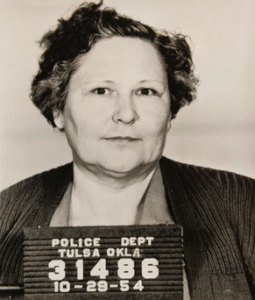
-
Amelia Dyer: The Baby Farmer
Among the most heinous characters in Victorian England. Amelia Dyer worked between 1870 and 1896 as a baby farmer, a woman who was paid to take in unwanted babies. But soon after being paid, Dyer frequently killed the infants rather than tending to them.
When a baby’s body was found in the Thames, wrapped in paper bearing her address, she was apprehended at last. She admitted to dozens of murders after being arrested, but she made hints that the actual number was much higher.
Alarming Fact: Despite being much less well-known than Jack the Ripper, Dyer is thought to have killed more people.
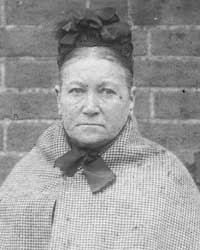
-
Leonarda Cianciulli –Female serial killer
Leonarda Cianciulli is evidence that, when the methods used are especially grotesque, even a few murders can shock the world. During World War II, a superstitious Italian woman who was obsessed with keeping her son safe thought that human sacrifices would do the trick.
She murdered three women in 1939–1940, made soap and teacakes out of their bodies, and gave them to friends and neighbors. You read correctly.
Unsettling Fact: Her autobiography, which she wrote while incarcerated, describes her crimes in graphic, heartless detail. She didn’t repent until she passed away.
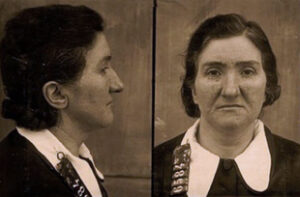
-
Juana Barraza – The Wrestling Serial Killer
La Dama del Silencio (The Silent Lady) was the ring name of Juana Barraza, a professional wrestler in Mexico. She lived a double life, though. She was in the ring during the day. She killed old women at night, usually by strangulation.
Barraza would pretend to be a government employee providing welfare services between 1998 and 2006 in order to obtain homes. She assaulted her victims after entering and took their valuables with her. Why? a perverse dislike of older women that stems from a difficult upbringing.
Unsettling Fact: At first, police did not think a woman could be the murderer, even though there was a lengthy pattern of killings.
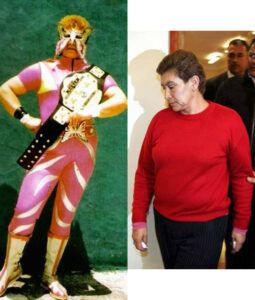
6. Belle Gunness – The Black Widow of the Midwest
Belle Gunness used personal advertisements promising love and marriage to entice Norwegian immigrants and bachelors to her Indiana farm between 1884 and 1908. When they got there, with money in hand, they disappeared. Gunness murdered the immigrants and their kids, in order to steal their money and belongings.
Authorities found several bodies on the property after her farmhouse mysteriously burned down, but they never verified whether Belle was one of them.
Unknown is her ultimate fate, which is a frightening fact. According to some, she pretended to be dead and ran away. Some people think she perished in the fire. Her legacy is made more unsettling by the mystery.
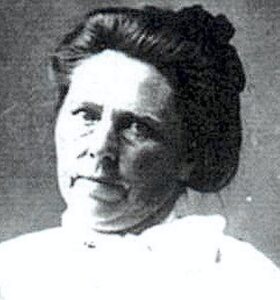
7. Aileen Wuornos : Female serial killer
One of the most notorious figures in American true crime history is still Aileen Carol Wuornos. Wuornos’ life was as tragic as her crimes were vicious, and she is frequently referred to as the country’s first female serial killer to receive extensive media attention. Her tale, which combines trauma, abuse, murder, and survival, keeps bringing up troubling issues regarding gender, justice, and the social structures that let her down.
Aileen Wuornos was born in Rochester, Michigan, on February 29, 1956. Her mother abandoned her when she was a baby, and she never met her father, who was imprisoned for sex crimes against children and later committed suicide. Wuornos grew up in a violent and abusive household with her grandparents, experiencing early indications of instability, sexual abuse, and neglect.

Wuornos was living on the streets by her early teens, working as a prostitute to make ends meet, and had already given birth to a child at the age of 14. Petty crimes, run-ins with the law, and a decline into a nomadic lifestyle that would characterize the remainder of her life characterized her adolescence.
According to investigators, Wuornos killed seven men in Florida between 1989 and 1990, alleging they had raped or attempted to rape her while she was a prostitute. She claimed to have acted in self-defense and shot each of her victims at close range. After authorities found Wuornos’ fingerprints on a stolen car and tracked her down using items pawned from her victims, she was finally taken into custody in January 1991.
Wuornos’ unpredictable actions and the fact that she was a female serial killer made her trial a media spectacle. She was found guilty of Richard Mallory’s murder in 1992 and given the death penalty. She would ultimately be given a total of six death sentences.
In a series of eerie interviews conducted while she was imprisoned, Wuornos alternated between confessing to the murders without feeling guilty and claiming self-defense. She also said she was being tortured and poisoned while on death row, and she accused prison officials of mistreating her.
On October 9, 2002, Aileen Wuornos was put to death at the Florida State Prison by lethal injection. Her parting remarks were:
“I’ll be back, like Independence Day with Jesus, June 6, like the movie. Big mothership and all, I’ll be back.”
Aileen Wuornos’ case is a chilling reminder of how complex human psychology and circumstance can be. She was a killer, but also a survivor of unimaginable hardship. Her story endures because it defies easy categorization—forcing us to confront uncomfortable truths about gender, mental health, abuse, and justice in America.
You may also like to read Indian Serial killer sisters
Final Thoughts
Women typically resort to manipulation, poisoning, and intimate betrayal, in contrast to many male serial killers who employ overt violence. If we look into major Female serial killers over the history, a bizarre thing that is common is that their victims were vulnerable usually close to them.
Women are typically seen by society as nurturers—mothers, caregivers, and lovers. The outcome is even more terrifying when those roles are reversed.
Despite their rarity, the stories of female serial killers are just as horrifying. The darkness these women carried, from noblewomen bathing in blood to kind grandmothers dipping pies in poison, is evidence that evil is genderless.
Sometimes the most dangerous people have the most innocent faces, as their legacies serve as a chilling reminder.



